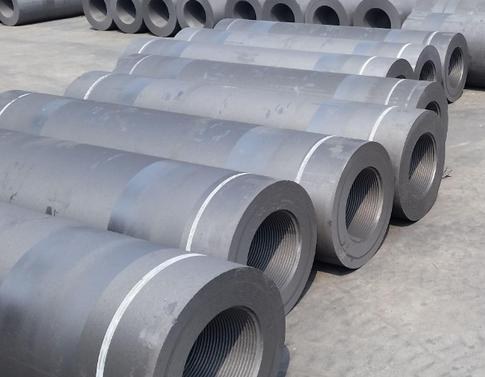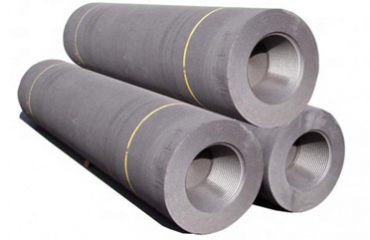
The use of graphite electrodes is a crucial aspect of several industrial processes, including steel production, electric arc furnaces, and the manufacturing of aluminum. Over the years, the evolution of graphite electrodes has seen significant advancements in terms of design, durability, and performance, enabling enhanced productivity and cost-effectiveness in various applications.
Traditionally, graphite electrodes were made using a mixture of petroleum coke and pitch binder. These electrodes had limited thermal conductivity and were vulnerable to breakage and oxidation at high temperatures. However, with advancements in technology, the manufacturing process of graphite electrodes has improved, resulting in the development of more advanced and efficient electrodes.
One significant development in HP graphite electrode technology is the use of high-quality needle coke as a raw material. Needle coke is a premium petroleum coke with high carbon content and low impurities. Its unique structure allows for better thermal conductivity, lower electrical resistance, and improved mechanical strength of the graphite electrode.
Another important evolution in graphite electrode design is the introduction of ultra-high power (UHP) electrodes. UHP electrodes offer improved electrical conductivity, higher oxidation resistance, and reduced consumption rates compared to traditional graphite electrodes. These advancements have led to increased productivity and efficiency in steelmaking and other high-temperature applications.
Furthermore, the development of anti-oxidation coatings has significantly improved the performance and lifespan of graphite electrodes. These coatings act as a barrier against oxidation, reducing electrode wear and extending their service life. The continuous research and development in coating technologies have resulted in the production of highly effective coatings that can withstand extremely high temperatures and harsh operating conditions.
In recent years, the demand for graphite electrodes has surged due to the expansion of electric arc furnace (EAF) steelmaking and the rise of electric vehicles. EAF steelmaking requires large quantities of graphite electrodes, and the growing global steel industry has resulted in increased production of higher quality and larger sized electrodes. This trend has led to the development of ultra-high power (UHP) and ultra-high power (UHP) large diameter electrodes that can withstand the demanding conditions of modern steelmaking processes.
Moreover, the advent of electric vehicles has further driven the demand for graphite electrodes. Lithium-ion batteries, which power electric vehicles, require high-quality graphite electrodes for their production. As the electric vehicle market continues to grow, the demand for graphite electrodes is expected to increase, necessitating further advancements in electrode technology.

